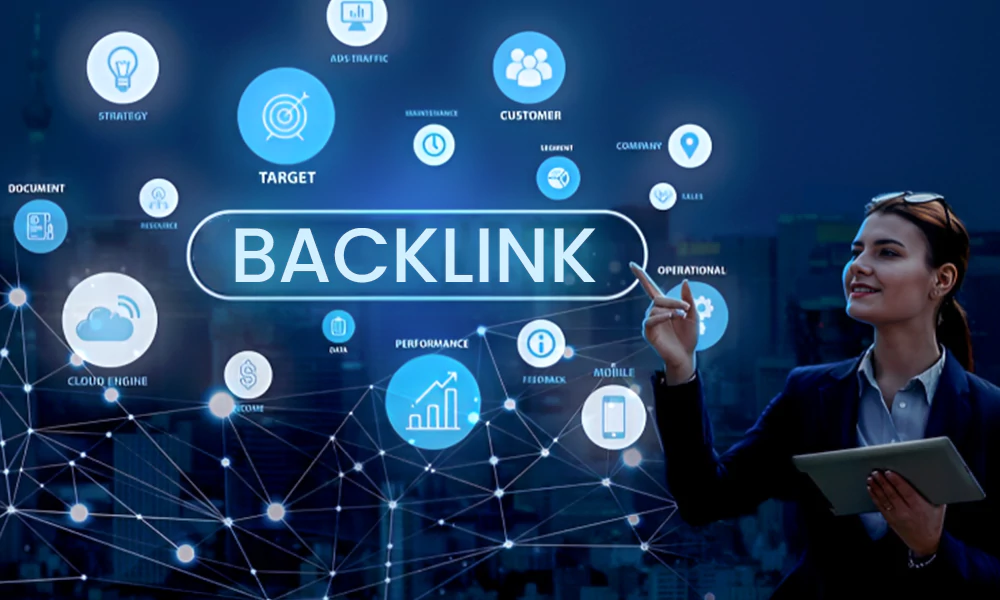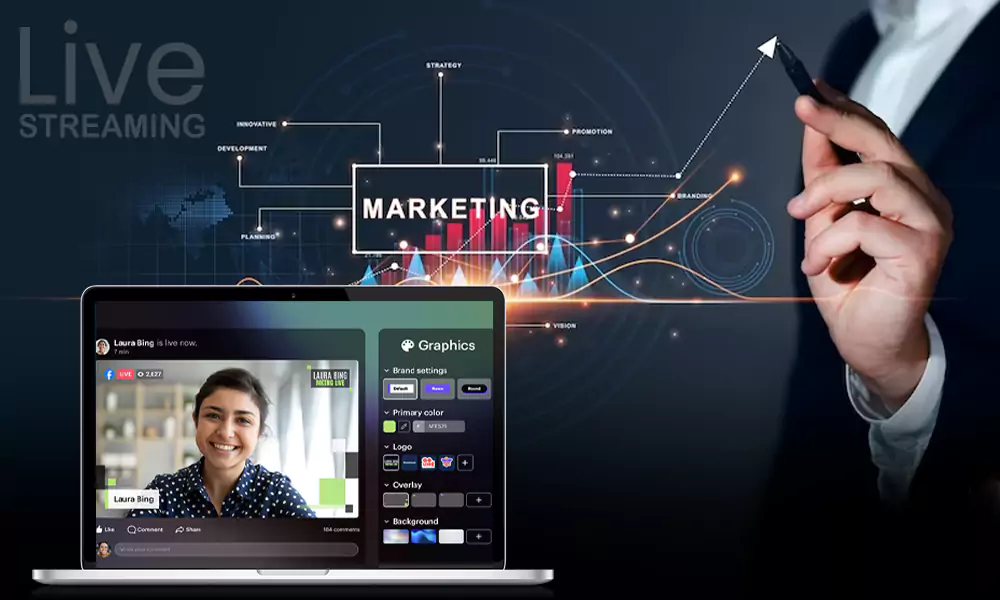B2B Digital Marketing: A Comprehensive Guide

On the whole, business-to-business (B2B) marketing refers to the marketing of products and/or services to other businesses or the decision-makers of businesses. The last decade has witnessed increased online access, an unprecedented generation of big data, and the dawn of the Fourth Industrial Revolution that has necessitated the need for B2B marketers to reinvent the wheel and focus their efforts on the right marketing channels within the digital space. Digital marketing can be defined as a broad category of marketing activities that leverage the web, mobile, and display mediums to engage with existing and prospective clients.
Digital marketing strategies keep evolving as new ones emerge to keep up with changes in customer behaviors, expectations, and purchasing habits. Many marketing channels have emerged that give customers a run for their expectations and a futuristic digital marketer ought to align his/her digital marketing strategies in anticipation of customers’ needs. A study conducted by Gartner found that despite wide digital access, 77% of B2B buyers still feel that making a purchase is time-consuming- and even painful.
The B2B digital marketing approach that was adopted in 2018 may not be viable in 2021. Secondly, there is a striking difference between B2B and B2C (Business to Consumer) marketing approaches. This means that B2b marketers should consider not just undertaking an online digital marketing certification course but also continuously learning the market trends.
Our article today offers a comprehensive guideline for B2B digital marketing.
Comprehensive Guideline to Creating an Effective Digital Marketing Strategy
The first step to creating an effective B2B digital marketing strategy is to recognize the vision, aims, and goals of the B2B business to tailor its marketing strategies around them. Then, strategies will be developed that are focused on developing a relationship with clients with the aim of meeting their business needs. Usually, B2B customers will be concerned about growing sales and profit hence delivering content around these needs will certainly be more effective than merely trying to make your products or services appeal to them. It is important to note that there is no ‘one size fits all’ digital strategy. This means that an effective digital marketing strategy will be one that aligns with your specific business goals and customers’ needs. There are many factors that will determine your strategy including your budget allocation and the digital marketing channels you will opt for. However, it is your buyers that should influence your strategy the most.
Define Your Target Audience
Effective B2B digital marketing strategy starts by identifying a target audience. By narrowing down to a small specific market segment, the B2B business unearths opportunities to learn much about the needs of its audience. Then, it will be in an informed position to develop an effective digital marketing strategy with measurable brand awareness and customer retention results. It takes time to build engagement and ultimately trust with the targeted audience and an effective digital marketing strategy will create a clearcut roadmap that will achieve these objectives in the long run.
Establish a Digital Presence to Create Brand Awareness
In this digital age, having an online presence is more than important, it is necessary. Online presence is how a business represents itself to its target audience. Customers’ perceptions about a brand are informed, a great deal, by the experience they will take out of engaging with a brand through various digital channels. As such, a strong brand presents a powerful tool that a B2B business can leverage to realize its objectives and should encompass the following elements.
I. A Website
They say that a good website should grab attention, rouse emotions, and easily deliver to its audience just what they need. Gone are the days when websites would be set, forgotten, and still remain effective. Websites should be informative, interactive, remain relevant in changing times and this takes continuous effort. Most importantly, it should be noted that a typical B2B sales cycle begins from a simple website visit.
II. Search
After successfully creating a website, your website needs to be discoverable through strategies like SEO (search engine optimization), use of paid ads like running pay-per-click (PPC) campaigns that target specific demographics for prospective audiences. Optimizing your site gives it a better chance to appear not only on the first page of search engine results but also in front of the right audience.
III. Social media
The power of social media cannot be underestimated when building a brand. Social media has today become the first stop for people seeking information, recommendations, and reviews about brands. By 2020, social media had about 3.8 billion active users across the globe and the numbers kept rising. Leveraging popular platforms like Facebook, Twitter, Instagram, and YouTube can significantly help a brand reach a broad audience. Beyond that, it is a vehicle that a brand can use to engage productively with its audience to develop relationships and conduct sentimental analysis, position itself as a subject matter expert, as well as, promote itself using avenues like paid ads and influencers.
IV. Content
B2B clients are millennials who are keen on information acquisition and due diligence before any purchase decision. According to research, the average B2B buyer will perform an average of 12 online searches before interacting with the website of a service provider and by the time they do, they will be 43% close to making a purchase in their decision journey. To meet their needs, B2B marketers have turned to content marketing which includes blog posts, social media posts, videos, press releases, news articles, e-books, infographics, and others.
75% of buyers say that content influences their purchase decision. For this reason, B2B companies should aim at providing more informative and educative content that meet buyers’ needs and facilitate their purchase decision through the buyers’ preferred channels. Again, content should be SEO optimized and well-aligned to specific phases of a buyer’s purchasing journey.
Driving Demand
Creating a B2B customer experience means understanding different phases through their purchasing journey and tailoring your digital marketing strategies to align with them.
- Problem identification
- Solution exploration
- Requirements building
- Supplier selection
- Validation
- Consensus building
Demand generation is entwined in the never-ending process of establishing a digital presence and creation of awareness for your brand. Ideally, all the four elements of brand awareness discussed above facilitate the first three phases of the B2B buyer purchasing journey. Once this has happened, the B2B company takes the next step that is to generate sales leads which typically happens after interacting with potential customers.
Conversion
The process of converting interested customers into buying and eventually loyal customers will be successful depending on the strategy that the B2B company will adopt for the three final phases in the buyers’ purchasing journey. Lead-nurturing strategies like targeted analytics-oriented email marketing allow a company to offer individual buyers customized offers.
Retention
Retention strategies turn one-time buyers into repeat and eventually loyal customers and brand ambassadors. This involves continuously offering relevant content to educate and engage them, improving based on customer feedback, and offering them personalized products and services. The undoing of any business starts when customers begin to churn.
Conclusion
The bottom line is, a successful B2B digital marketing is dependent on the level to which the B2B marketer engages both existing and prospective customers by not merely enticing them with products and services but offering relevant content that solves their business problems, meets specific business needs, and ultimately takes their business performance and revenue to the next level.










